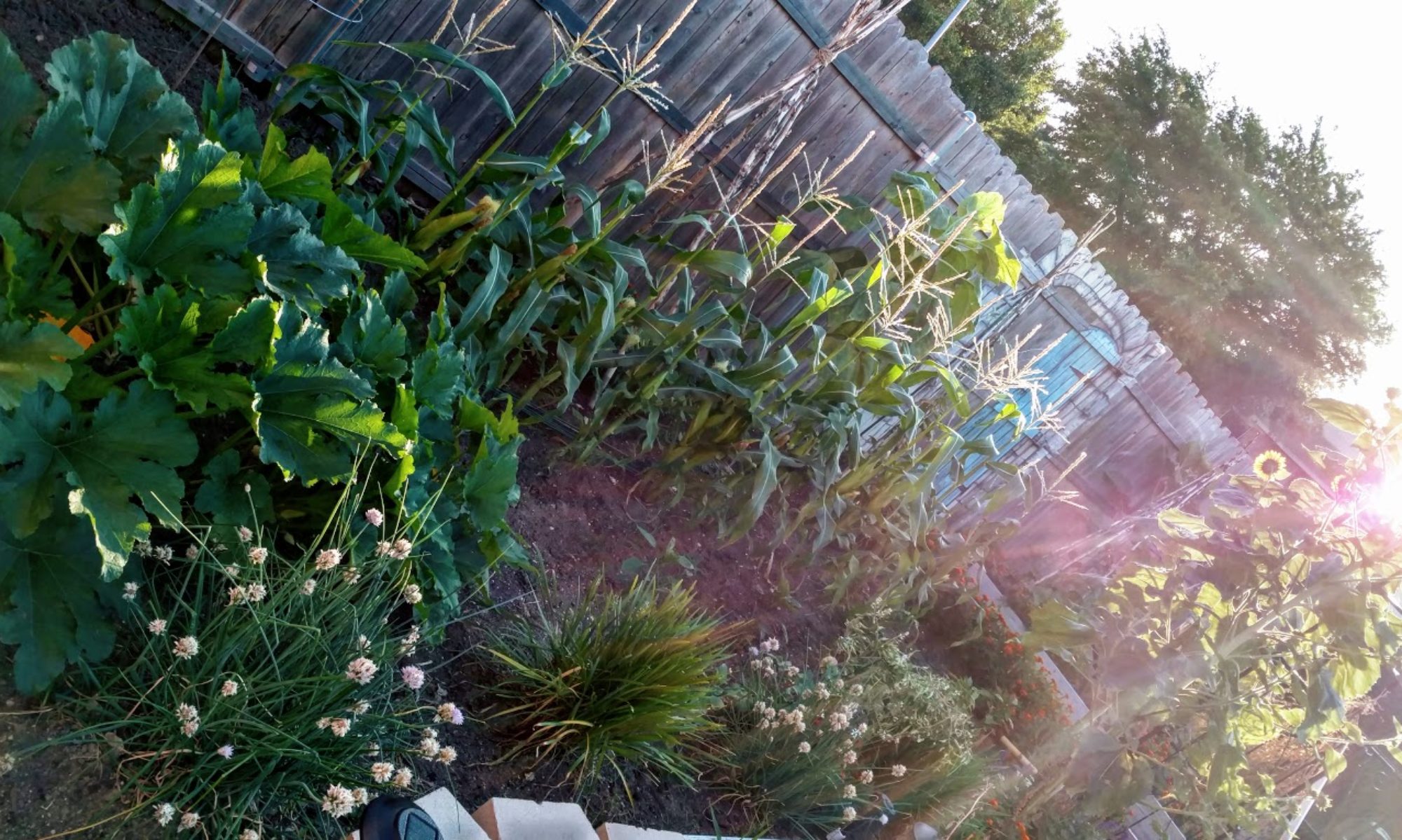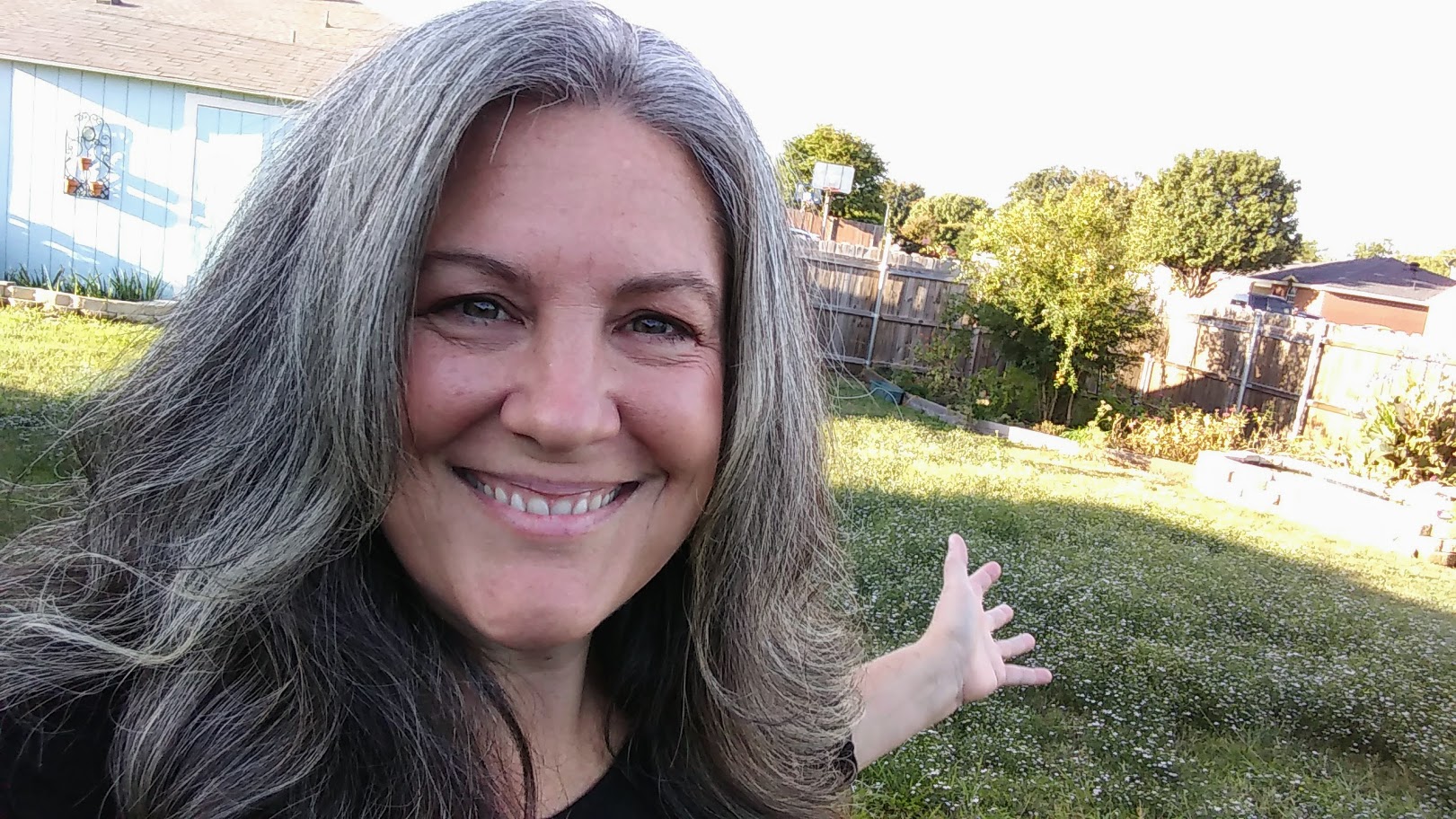So you read the Eight Steps to a Successful New Garden and want a bit more details! Great! This article covers in detail Step One of a New Garden: Location! It also covers each of the sub items one should consider when looking for a good location. So…. let’s get started!
Location, Location, Location!

They say this in real estate and it applies for gardening as well! Wait.. not plants? No. Plants are important and one should have an idea of what their wanting to plant. Several of these steps somewhat work together and one will find themselves at times considering them all! However, the location plants will reside is more important. Not dirt? No. Not dirt location!

In my humble experience location is the number one thing one must consider when starting a new bed. Why? Simply put, how important is ones home to them? The spot one is planting in will be the home to their plants. The location selected for a garden will be where they live and thrive. Just as humans look for a home that “feels” right,” ones garden will 100% define if plants “feel right” growing there. And believe me you want your plants feeling right.
Another reason to consider location first is it forces the advanced thought and planning needed in all future steps. especially planting and landscaping steps. One can modify their space once a location is established, to a point; however, some limitations cannot be modified. As such, when looking at location options, consider these sub items before making a final decision:
A: What is the direction of the sun in relation to the potential location?

The direction of the sun in relation to a garden is paramount.  My very first garden was a failure because I did not consider this in the vicinity of my location. What happened? I selected a spot that faced west and then planted shade loving plants! What, they were pretty? They looked so lovely there! Until, they burned from the west sun.
My very first garden was a failure because I did not consider this in the vicinity of my location. What happened? I selected a spot that faced west and then planted shade loving plants! What, they were pretty? They looked so lovely there! Until, they burned from the west sun.
The direction of the sun will not necessarily stop an individual from planting in said location. It can however, define the kinds of plants one can sustain in the area being considered. It may limit ones options and require planning to overcome issues of too much or too little sun.
My space for example would have been fine if I had understood the importance of the sun. Tall plants or objects placed around the shade loving babies I selected could have protected them. Therefore, when considering a location study the sun and make note of the following:
- Does the location face North, South, East or West?
- Make note of the sun’s intensity (is it full, partial or shade)?
- Study how the sun looks in the morning at noon and in the evening and make note of the differences.
Doing this ensures by Steps two and three (Soil and Plants) there has been thought in regards to the sun and its power. It also helps plan for Step 7 Watering!
B: Are structures near the potential location (s)?

Consider in advance what structures surround prospective locations! For example my shade loving plants, where that west sun hit, set against a big brick 1house. I may as well have set them in an oven. West sun hitting hot brick all day long? Oh yeah it was fry time! Look for the following clues to impacts on the sun with your structures:

- Does the location being considered sit next to a house, a barn, a shed, a building, a tree, shrubs or taller plants?
- In relation to sun (Consideration A) do said structures create shade at certain points of the day, make it hotter or completely blocking the sun?
Structures can be your best friend or your worst enemy. Some structures can enable the perfect balance of sun and shade. Giving morning or afternoon sun and offering protection in high heat or cold wind. They can also completely take the sun away limiting one to only plants that live in the shade. As such, look at the structures around a potential location. Make note of said structures and their potential benefit to plants and use this information in the final location decision.
C: Are you using an existing bed or will you build from scratch?

The final thing to consider is the positive or negative impacts of using an existing bed versus building from scratch. Using an existing space does not always mean your garden efforts will be easier.
- On the positive side: a preexisting bed may mean less clean up. Perhaps an easier effort at removing deeply established grass. It could also mean the soil has been rotated at some point, perhaps adding simplicity to revitalization of the area.
- On the negative side: a preexisting bed could mean additional work. Perhaps the removal of rocks from a once rock garden. The removal of heavily established shrubs, trees or sedentary objects such as water features arbors or other items to allow for sun etc.
Take time to decide if a new garden or an existing garden would offer more benefits and capture the impacts to the potential location. Capture the data gathered in this analysis stage, write it down and make a preliminary decision!
Here is a quick Video on putting Step 1 to use. The goal is to find a spot that gives the MOST options for planting and to know in advance what limitations one will have.
Did this Article help you?
- Check out the full Eight Step checklist!
- Check out Step Two Soil Assesments
- Visit Our Services and register to receive notice as each new step comes out!
Visit Oma’s Storefront For a Selection of Unique Products and Services



